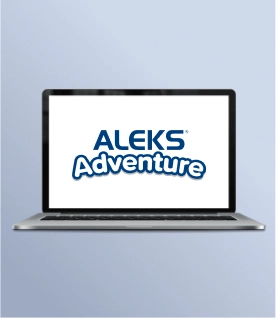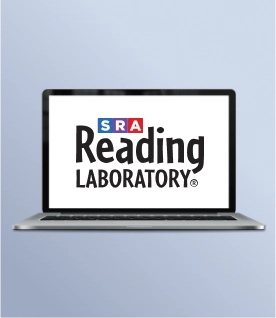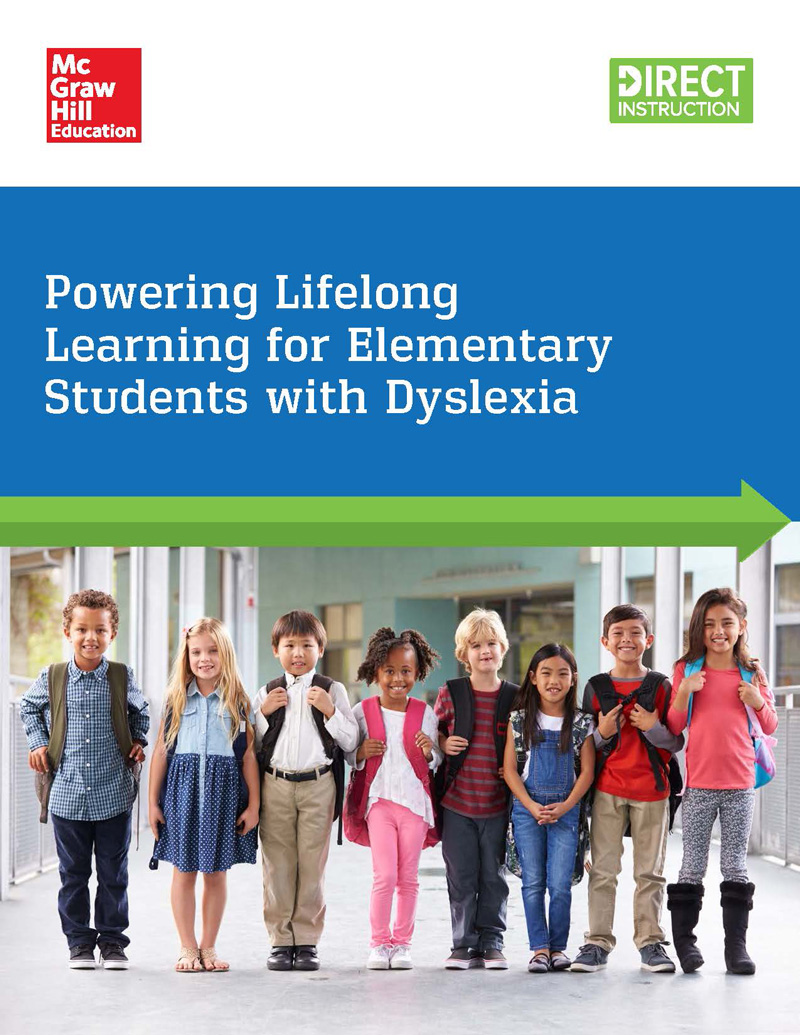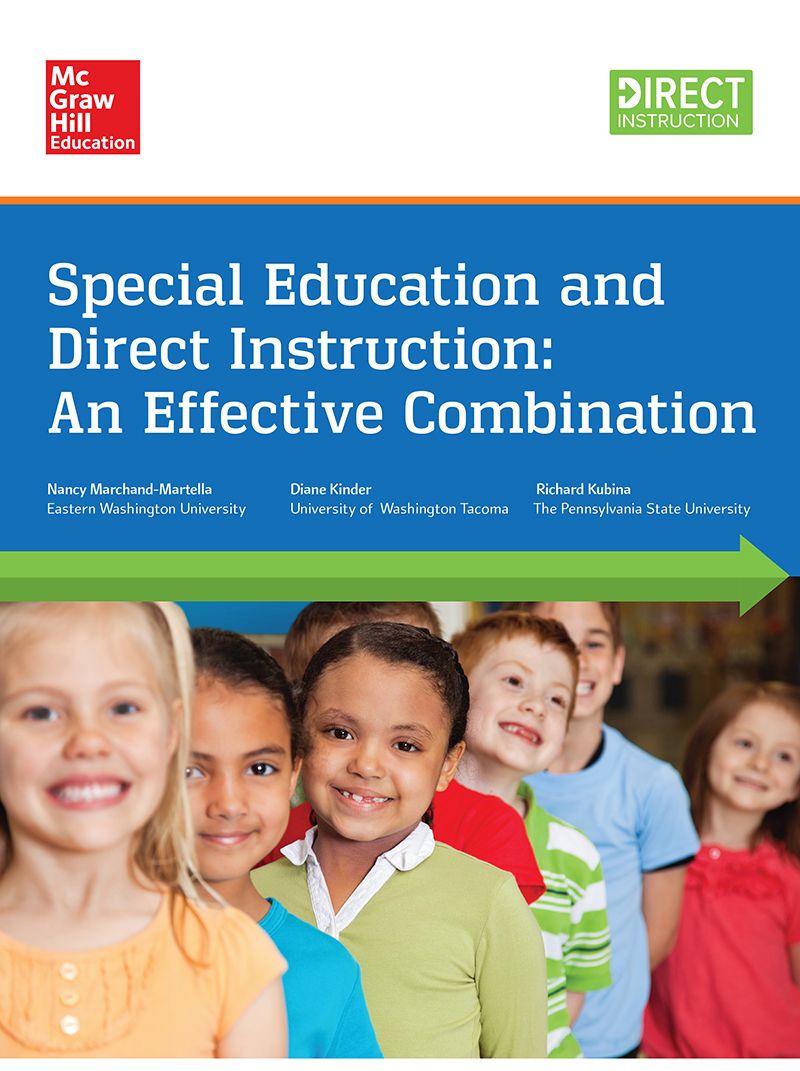My Account Details
DI Research and Success
McGraw Hill’s Direct Instruction programs have transformed learning outcomes for students from every background for more than 60 years. Explore thought leadership resources, webinars, research, and success stories to discover the rich legacy of DI at McGraw Hill.

Research Foundations
In the 1960s, Dr. Siegfried “Zig” Engelmann conducted focus groups with his and other neighborhood children to determine how they learn and remember new information. Based on his observations, he developed a variety of instructional techniques that enabled even the youngest participants to master sophisticated skills and concepts. These techniques evolved into a full-fledged teaching method called "Direct Instruction." In collaboration with Dr. Wesley Becker, Engelmann published the first Direct Instruction program—DISTAR® (Direct Instruction System for Teaching Arithmetic and Reading)—a few years later.
In 1977, Project Follow Through, the largest education study ever conducted, determined Direct Instruction to be the most effective instructional approach—yielding the greatest improvements in basic academic skills, problem-solving skills, and self-esteem—out of all 22 models studied. Since then, DI programs have been implemented in thousands of schools across the world.
McGraw Hill is proud to be the primary publisher of Direct Instruction programs, a partnership dating back to 1991, when our company acquired SRA.
Dyslexia—Part 1 of 2: Defining Dyslexia
Reading is the most fundamental of all academic skills. Being able to read well is necessary for success in every area—in school and in life. Unfortunately, for a significant number of our children, learning to read, write, and spell, are daunting challenges. This white paper will attempt to address these concerns for parents and teachers by defining dyslexia, explaining how research has changed our understanding of this once mysterious learning disorder, and dispelling common misconceptions.
View the research.
Dyslexia—Part 2 of 2: Addressing Dyslexia
In our previous white paper, Defining Dyslexia, we discussed how almost a century of research from a variety of scientific fields has disproven many myths about dyslexia that are unfortunately still prevalent in our culture. This white paper will attempt to explain the prevalence of dyslexia, what signs parents and teachers should look for, so we can detect dyslexia earlier (sometimes even before students learn to read), and how we can address it in the classroom, so we can turn struggling readers into confident ones.
View the research.
Essentials for Meeting the Third-Grade Guarantee
Millions of children entering the fourth grade are unable to read proficiently. Fortunately, there are reading intervention programs available, including Direct Instruction, to create and advance a comprehensive third grade reading proficiency achievement plan. To discover three essential strategies, watch this on-demand webinar and view the brochure.
Powering Lifelong Learning for Elementary Students with Dyslexia
Today’s K–5 literacy initiatives and action plans in schools, state, and local educational agencies call for supporting all learners, including students with dyslexia. Multi-Tiered System of Supports and Response to Intervention aims to provide students proper instruction. Learn how explicit, intensive and teacher driven instruction in Direct Instruction methodology can help. View the brochure.
Secondary Literacy Intervention: Five Strategies for Success
Reading proficiency is the top predictor of high school graduation and career success, yet one-third of students cannot read at grade-level. However, secondary educators can implement five strategies to remediate foundational literacy skills and accelerate achievement in reading and language arts. Watch this on-demand webinar and view the brochure.
Special Education and Direct Instruction: An Effective Combination
Intensive instruction is crucial for special education students, especially when they are falling significantly behind their peers in academic, behavioral, and/or functional living skills. Learn how the systematic, research-validated approach of Direct Instruction accelerates learning in students with special needs and ensures every student can learn. View the research.
Secondary MTSS/RTI: Tiered Solutions and Strategies to Propel Student Achievement
Today’s MTSS/RTI frameworks can empower secondary teachers to enhance literacy and math curricula. Learn from Dr. Mark Shinn and Dr. Mary Eisele about current, effective strategies and approaches, and discover examples of tiered solutions curriculum programs for ELA and math—designed to lift achievement for every secondary student.
Secondary Literacy: 5 Strategies for Accelerating ELA Proficiency in Grades 6–12 Learners
Learn strategies from Dr. Nancy Marchand-Martella and discover ways to enhance your English Language Arts curriculum and your literacy proficiency in struggling learners. Improve graduation rates, decrease the chance of incarceration, and significantly increase the earning potential of your students.
6 Steps to Mastery: Results with Direct Instruction
Today’s rigorous standards challenge schools to prepare all students for the demands of 21st century college and careers. But some student populations struggle to reach grade level and perform well on high-stakes tests. Regardless of the reason, Direct Instruction (DI) programs have the power to turn their lives around. Watch this District Administration Solutions Showcase featuring Kia Ellis.
RTI and Special Ed Strategies for Adolescent Learners
This presentation highlights the research-based strategies and programs shown to be effective for Special Education/intervention students in grades 6–12. It focuses on reading for understanding and college and career readiness skills.
Visit our research portal to read more about the research supporting the following Direct Instruction programs:
Efficacy and Success
Learn how Direct Instruction has positively impacted students around the country in this collection of stories featuring:
- An efficacy study on Reading Mastery that demonstrates significant gains in student MAP and STAR scores.
- A Wisconsin charter school that’s experienced positive results with Direct Instruction for over 20 years.
- An Arizona school district, with 90% of students on free or reduced-price lunch, that has improved their scores and succeeded in bringing older students up to grade level.
- A Wyoming middle school that’s seeing below-basic students rising to the basic level.

Dogan Elementary teachers use Direct Instruction programs to give students the gift of reading.
Emma E. Booker Elementary propels reading proficiency with Direct Instruction
Direct Instruction drives math success at Kment Elementary School

DI for Multilingual Learners , Link will open in a new window
Discover how Direct Instruction positively impacts educational outcomes for a rapidly growing population of K–12 multilingual learners.

DI for Special Education , Link will open in a new window
Learn about how DI programs offer explicit, individualized, and validated instruction, optimizing learning opportunities for students with special needs.










